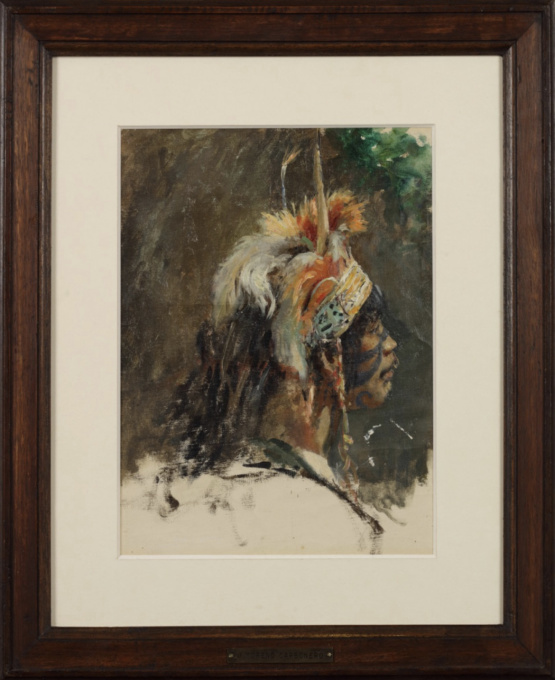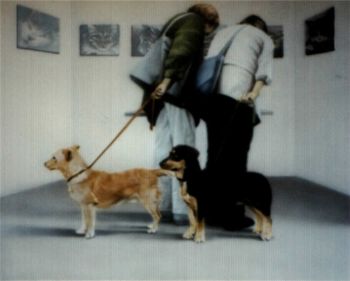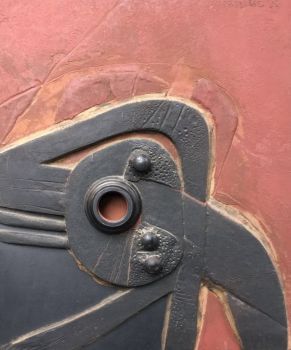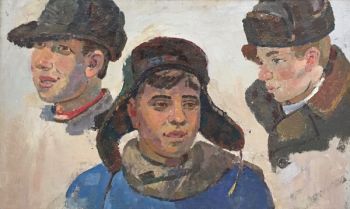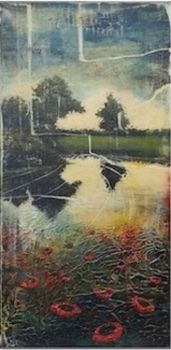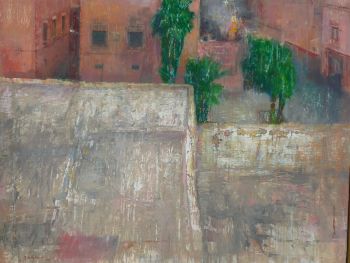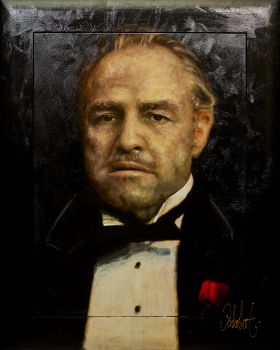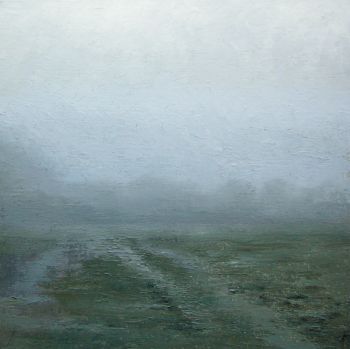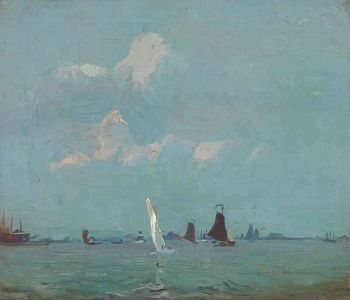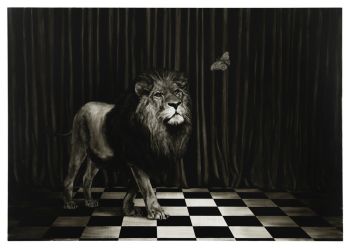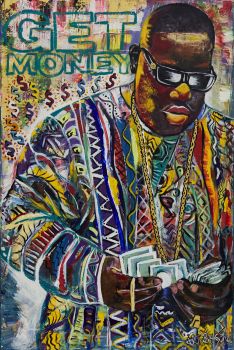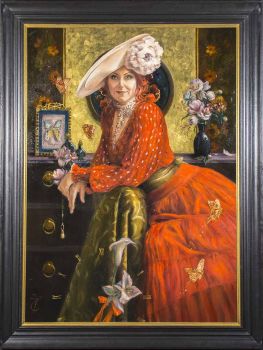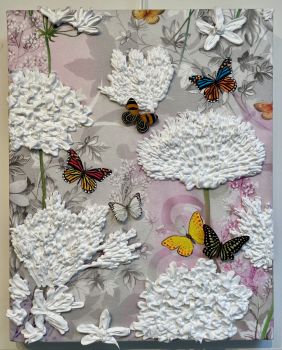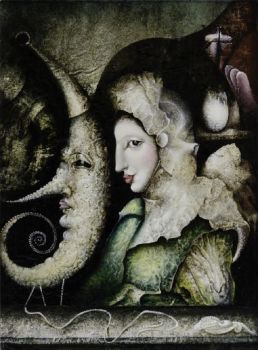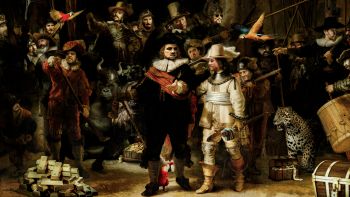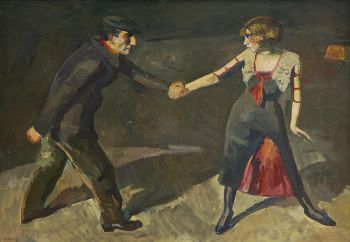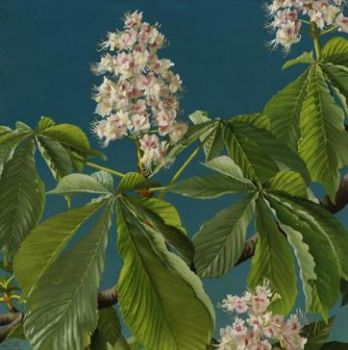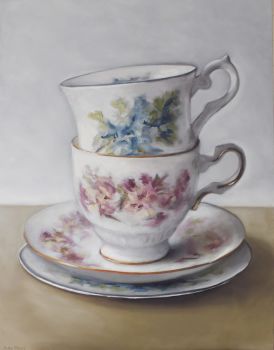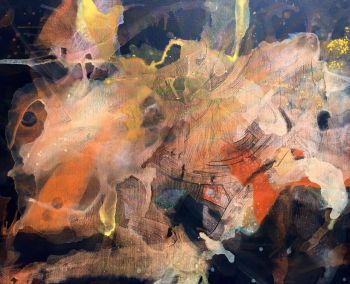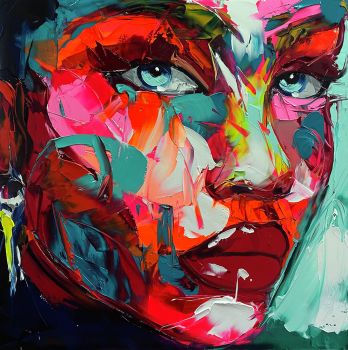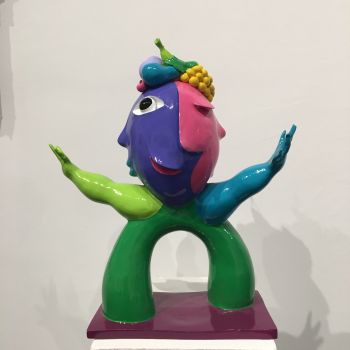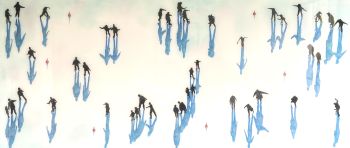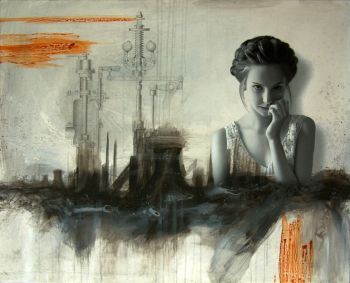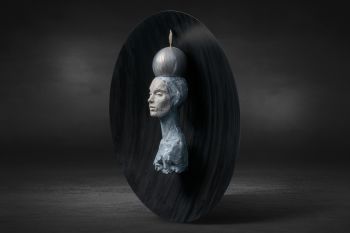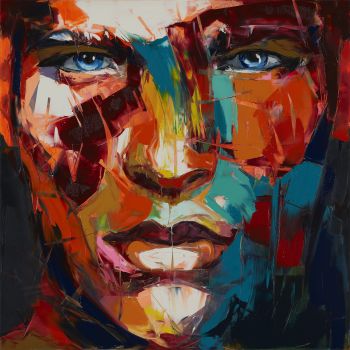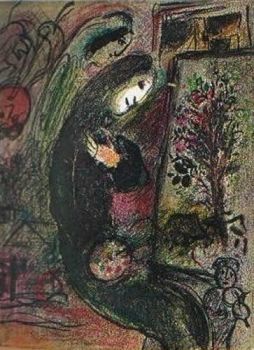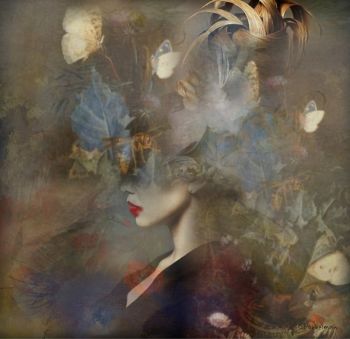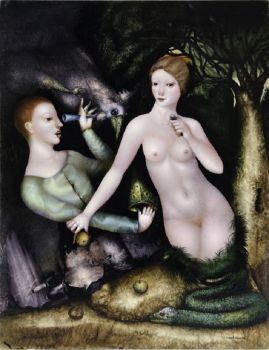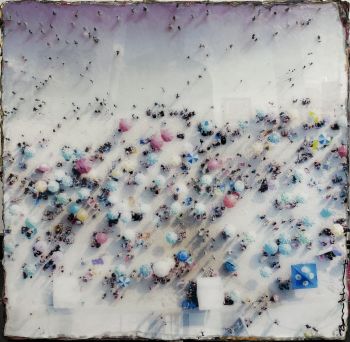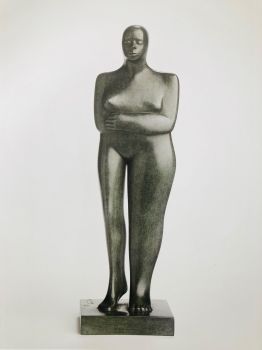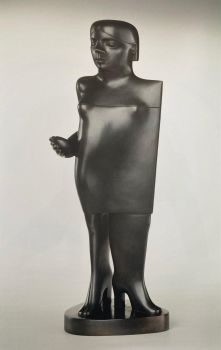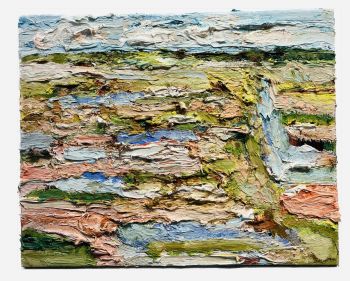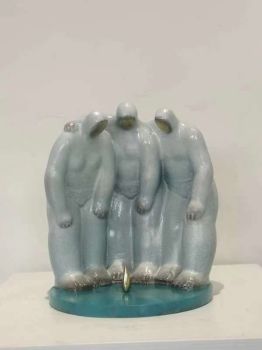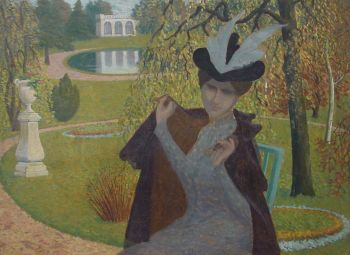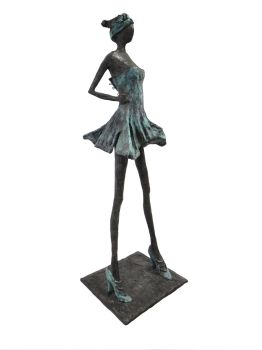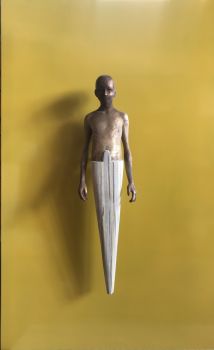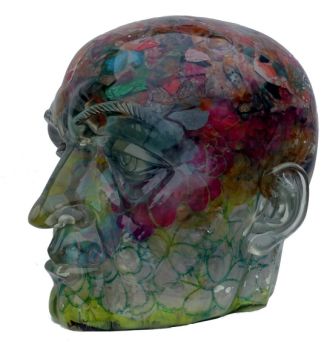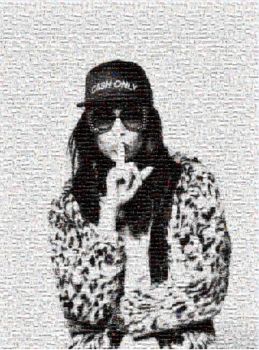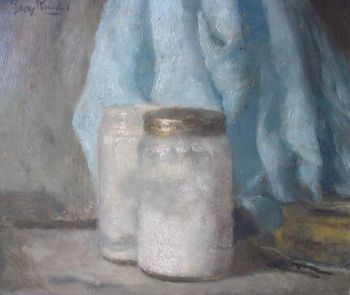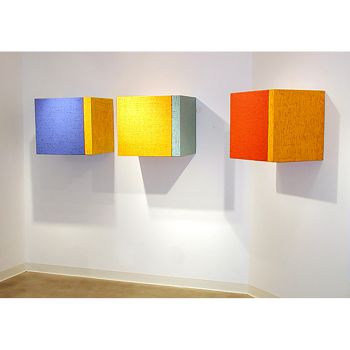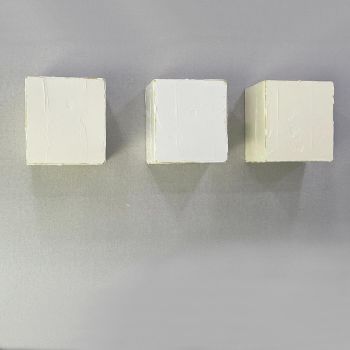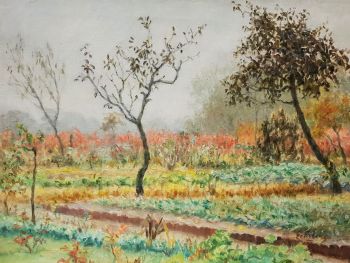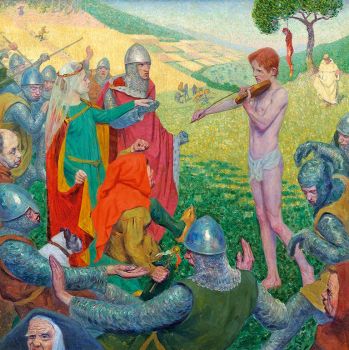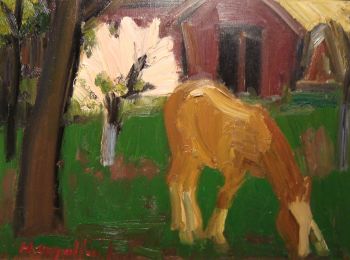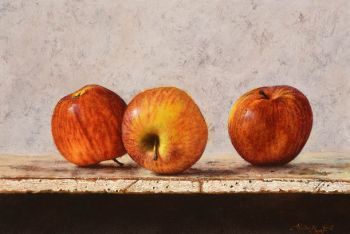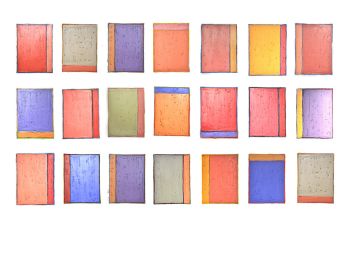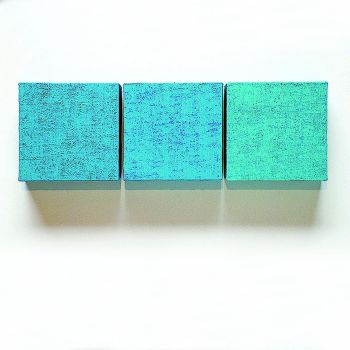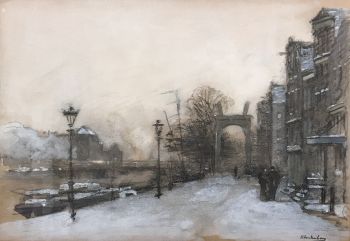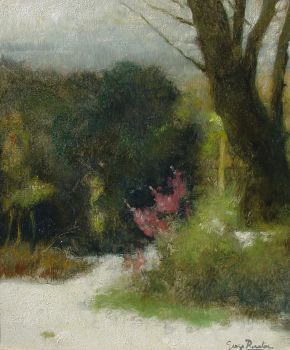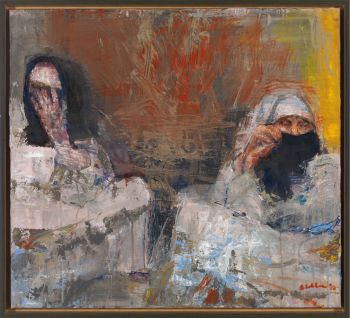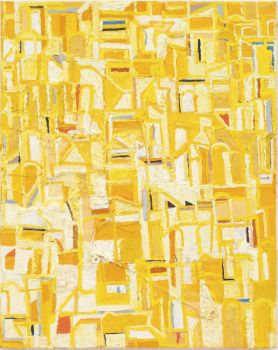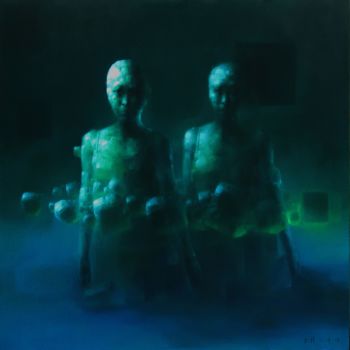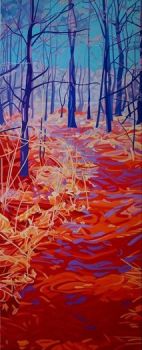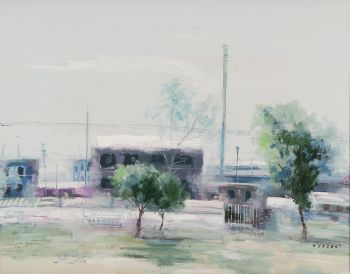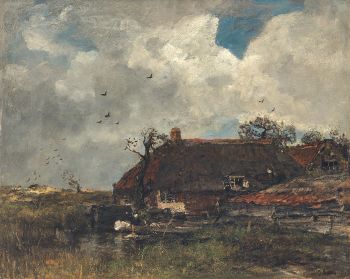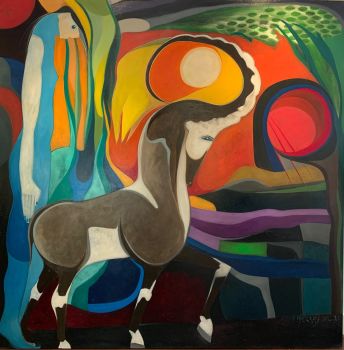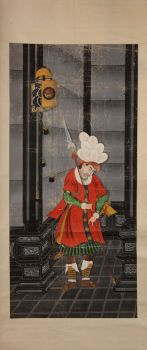Study of a Guarani man, Argentina, circa 1922 1922
José Moreno Carbonero
CanvasOlieverfVerf
32 ⨯ 26 cm
Prijs op aanvraag
Zebregs & Röell - Fine Art - Antiques
- Over kunstwerkJosé Moreno Carbonero (1858-1942)
Oil on canvas, H. 32.2 x W. 26 cm
Moreno Carbonero was born, brought up and studied in Malaga, Spain. In 1875, after a two-year stay in Morocco, he moved to Paris on a grant from the Malaga Provincial Council. He joined the studio of Jean-Léon Gérôme. A regular visitor, the famous art dealer Adolphe Goupil commissioned his first works, mainly small genre subject paintings. Between 1881 and 1884, Moreno Carbonero lived in Rome before moving to Madrid. There, he achieved his first success with his painting The Conversion of the Duke of Gandia, which is now in the Prado Museum. From then on, the artist specialized in history paintings, often on a large scale; the best example is The Entry of Roger de Flor into Constantinople, painted for the Madrid Senate in 1888, which hasn’t moved ever since. Besides being a historical painter, the artist was also a portraitist, painting elegant portraits of Madrid's high society (see, for instance, Purificacion Fontan, Marquise del Pazo de la Merced, 1908, Prado Museum, Madrid).
At the beginning of the 20th century, the Argentine government was preparing to celebrate the May Revolution, which started on May 18, 1810, and led to the independence of Argentina. The municipality of Buenos Aires, joining in the celebration, commissioned a historical painting dedicated to the founding of the capital from José Moreno Carbonero. Under time pressure, Moreno Carbonero produced a work with which he was dissatisfied and criticized when he arrived in Argentina in 1910. For this reason, in 1922, he asked for the work to be returned to him to correct it. He studied the city's history, the site and the event depicted in situ and made substantial changes to make the painting more historically accurate. The definitive work, wholly reworked, was placed in the municipal palace in 1924. It can still be admired in its original place.
The city of Buenos Aires was founded on June 11, 1580, by Juan de Garay under the name of the 'Santissima Trinidad y Puerto de Sant Maria del Buen Ayre'. In Moreno Carbonero's painting, Juan de Garay, in the centre of the composition, raises his sword before the foundation pillar. On the right, the notary Pedro de Xeres signs the foundation act; on the left, the friar Juan de Rivadeneira raises the cross, and the alderman Don Pedro de Quirós carries the royal standard. All around, men in arms can be seen, as well as representatives of the native people from the area, including a man from the Guarani ethnic group. The present painting is a preparatory sketch of the head of this figure. - Over kunstenaar
José Moreno Carbonero, geboren op 24 maart 1858 in Malaga, volgde aanvankelijk een opleiding als kunstenaar aan de Hogere School voor Schone Kunsten in de stad, waar hij een leerling was van Bernardo Ferrándiz en al op zeer jonge leeftijd blijk gaf van een uitzonderlijk talent voor schilderen. Nadat hij met een subsidie van de Malaga Diputación (provinciaal bestuur) naar Sevilla en Parijs was gereisd, maakte hij daar op slechts eenentwintigjarige leeftijd zijn eerste grote historieschilderij, El príncipe de Viana ("De prins van Viana", 1881). , die hem aankondigde als een van de grote meesters van het genre, zoals slechts een paar jaar later werd bevestigd door werken die zo belangrijk waren als La conversión del duque de Gandía (“De bekering van de hertog van Gandía”, 1884) en het prachtige Entrada de Roger de Flor en Constantinopla (“Ingang van Roger de Flor in Constantinopel”, 1884), gemaakt in opdracht van de senaat en onbetwist een van de belangrijkste Spaanse historieschilderijen van de 19e eeuw.
In 1898 werd Moreno lid van de San Fernando Academie in Madrid en vestigde zich permanent in de stad. Daarna woonde hij comfortabel in zijn landhuis aan de Calle Miguel Ángel en werd hij geprezen als een van de meest gerenommeerde portrettisten van de high society, ook al zijn deze werken de minst aansprekende voorbeelden van zijn oeuvre. Hij gaf les aan Dalí en Picasso aan de School voor Schone Kunsten en ontving tijdens zijn leven de hoogste onderscheidingen en onderscheidingen, zoals onder meer de kruisen van Alfonso XII en Isabella de Katholieke. Hij werd ook benoemd tot grootofficier van de Kroon van Italië en van Sint-Michiel van Beieren en tot commandant van de Poolster van Zweden.
Als buitengewoon productief schilder maakte hij naast historiestukken en portretten ook genre- en oriëntalistische taferelen, schilderijen van menselijke typen en stadsgezichten met monumentale gebouwen. Hij valt vooral op door zijn vele schilderijen die episodes uit literaire werken illustreren, vooral Gil Blas en ook Don Quixote, waarvoor hij in de laatste decennia van zijn leven een oprechte passie ontwikkelde. Hij stierf in Madrid op 15 april 1942.
Bent u geïnteresseerd om dit kunstwerk te kopen?
Related artworks
- 1 - 4 / 24
Albert Clouard
Elegante à la cape (Elegante dame met mantel)1866 - 1900
Prijs op aanvraagKunsthandel Pygmalion
1 - 4 / 24Rene Rietmeyer
"Japan, Tokyo, Kudan House" 20212021
Prijs op aanvraagEuropean Cultural Centre Collection
Rene Rietmeyer
"USA South Florida January 2006"2006
Prijs op aanvraagEuropean Cultural Centre Collection
Johannes Christiaan Karel Klinkenberg
Stadsgezicht Amsterdam1875 - 1925
Prijs op aanvraagGalerie Gabriëls
1 - 4 / 24Onbekende Kunstenaar
A SMALL IVORY NETSUKE OF A DUTCHMAN WITH A DRUM1750 - 1800
Prijs op aanvraagZebregs & Röell - Fine Art - Antiques
Onbekende Kunstenaar
A large Japanese Imari porcelain 'VOC Groningen' dish1800 - 1925
Prijs op aanvraagZebregs & Röell - Fine Art - Antiques
Shiba Kokan
Schilderij van een Fantasie Hollanderearly 19th
Prijs op aanvraagZebregs & Röell - Fine Art - Antiques
Onbekende Kunstenaar
A RARE LARGE JAPANESE LACQUERED LEATHER TELESCOPE1750 - 1800
Prijs op aanvraagZebregs & Röell - Fine Art - Antiques
Onbekende Kunstenaar
The Stamford Raffles Secretaires.1800 - 1813
Prijs op aanvraagZebregs & Röell - Fine Art - Antiques
1 - 4 / 12

